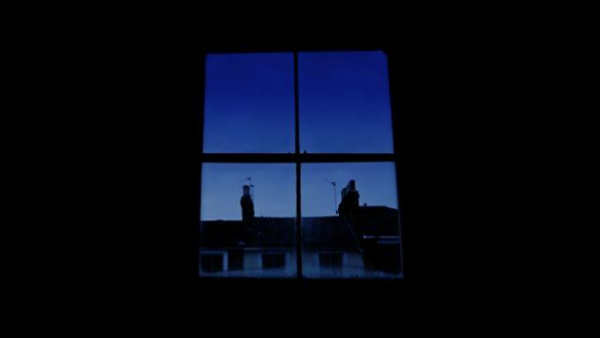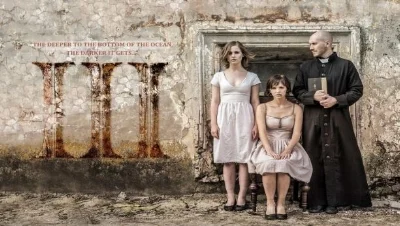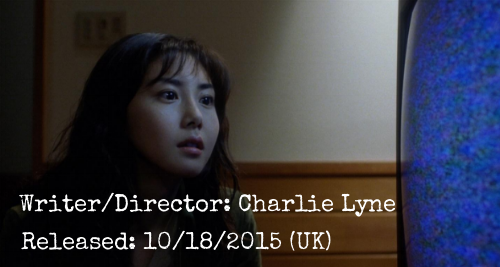Here is what you should know about Fear Itself going into it. This is a documentary...with a twist. Two twists, actually: 1) There is a scripted, fictional narration over it. The woman speaking to the audience talks about how she recently underwent a trauma and has since become addicted to watching horror movies. As you maybe can guess, her dialogue revolves entirely around our relationship to fear and how the genre affects us. 2) The entire movie is made up of clips from other scary films. These range from the classic to the obscure, in English and otherwise.
Let’s start with the good stuff. I had a WONDERFUL trip down memory lane seeing clips from some of my most beloved movies. Nearly all the scenes chosen are those tension-filled moments before the monster, slasher, creature, or whathaveyou comes into the frame (and yes I do mean ‘nearly’, we’ll come back to that). A great number of those clips are from movies I’ve never seen. I was struck by how cool that was! Whilst watching, I actually started a list of scary films I want to track down ASAP.
I also want to commend director/writer Charlie Lyne for using this unfamiliar tactic of documentary/narrative. I can honestly say I’ve never watched anything with that structure. And yet...I have to be honest, that device did not work for me. It just didn’t. I realize it would have defeated the filmmaker’s whole point, but I really would have benefitted from multiple actors narrating the piece. A change in tone, inflection, pacing, or maybe even accent would have made me more engaged. When I could tune in for pieces of dialogue, I understood that the things she was saying were often interesting and insightful, but the nearly monotonous and unending stream of her voice made it extremely difficult for me to stay focused on what she was saying. I found my mind wandering to either reminiscing on the clips being shown, or thinking, “Oooo, I gotta see that one!” and scribbling the title down in my notebook.
Remember earlier when I said that "nearly" all the scenes were those tension-filled instances right before climactic moments? Well some of them gave away too much. In fact, they were downright spoilers. Just be warned about that going in. Perhaps more problematic than the above is this: what makes so many of those classic movie moments special is how engrossing or captivating they are. The last thing I want, while watching those pieces, is to hear someone speaking over them. No matter how intelligent, observant, or interesting the narration was, her words just couldn't compete with the powerful, frightening, and exciting images on the screen. Some of those visuals are so stunning, they’re what made many of us fall in love with horror. I like to think I can appreciate where Lyne was going with his vision, but it failed to hit the mark for me.
Fear Itself is available for streaming in the UK on BBC online.
~ Sandra (@LilMsMnstr)










